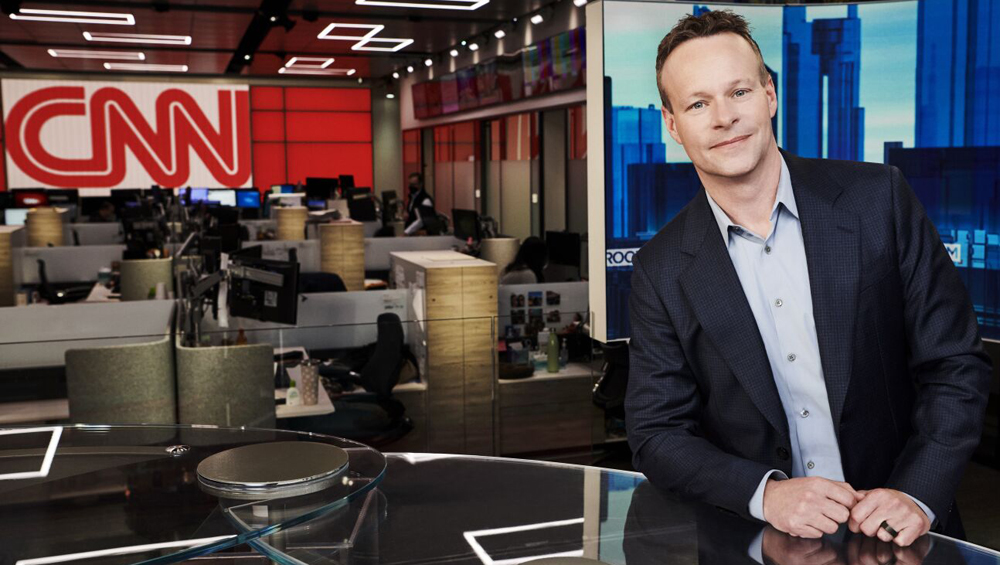
For CEOs, A High Failure Rate


Mary Collins
Chris Licht had lost the backing of his team and his boss by the time he left CNN at the beginning of June 2023. He’d been the network’s CEO for just 15 months.
Now it’s his former boss, David Zaslav, president and CEO of Warner Bros. Discovery, who is getting the negative attention. A since-removed July 3, 2023, article on the GQ website is headlined, “How Warner Bros. Discovery C.E.O. David Zaslav became public enemy number one in Hollywood.” Zaslav has only been the CEO of the merged company since April 2022.
It’s Tough Out There For New CEOs
Between one-third to one-half of new CEOs fail within the first 18 months. This statistic holds true whether the CEO is promoted from within or is an external hire. That is according to an article written by Dan Ciampa for the December 2016 issue of the Harvard Business Review. Anecdotal evidence indicates that the failure percentage has increased since the COVID-19 pandemic. Two other recent media examples include Bob Chapek, Bob Iger’s handpicked successor at Disney, who only lasted nine months, and former AMC Networks CFO and then COO, Christina Spade, who left the CEO role after just two-and-a-half months.
When I mentioned the 18-month statistic to a longtime friend who served as CEO for several successful media industry turnarounds, he suggested that those failing CEOs might have been guilty of approaching the business with a crusader or superhero mentality, which can be fatal. However, he thinks the real blame rests with the organization’s board.
For the most part, what determines a CEO’s success is not that different from the factors that help guarantee it for any senior manager. In both cases, it boils down to the hiring group selecting the right candidate and then finding the right ways to coach that person. Scale is likely the biggest difference, degree of autonomy may be another.
Mistakes People Make
The 2016 HBR piece outlines what Ciampa sees as the three fatal errors made by CEOs and three things boards hiring them could do. The first mistake he identifies for new CEOs, which can certainly extend to other senior managers, is in misreading the company’s culture and internal politics. To affect strategic change, a leader needs to have the support of the workforce. While not everyone will be a cheerleader, active opposition – whether overt or covert – almost always means failure.
Leaders must constantly interact with their teams to understand employees’ concerns and to help shape their views. They also need to be able to identify and root out those unwilling to change. Viewed in this light, Licht’s decision to move his office out of the CNN newsroom and to a higher floor was a very bad political move.
The second new leader slipup is tied to the first. It’s failure to achieve the cultural change required to support a new strategic approach. As Hand Price points out in his postmortem of the Licht era, Can CNN Be Saved?, “Licht seemed to think believers in CNN’s previous course would change simply because he told them to.” Clearly that didn’t work.
The third manager misstep identified in the HBR article is also related to the other two. It is the new leader’s lack of understanding of the new team’s capabilities and willingness to abandon entrenched behaviors. In stressful situations, people return to what’s familiar. Successful leaders, in particular new leaders, will find ways to correct for that.
Board And Senior Leaders Are Also Culpable
Of course, as my former-CEO friend said, a lot of the blame for a new CEO’s failure rests on the shoulders of those who made the hiring decision. That’s often the case for non-CEOs, too. Again, HBR’s Dan Ciampa identifies three areas for improvement.
The first is not understanding that succession is a difficult business. No matter how closely the new leader matches the position description, both the new leader and the company or team must adjust to change. Change is always uncomfortable; that is true whether the predecessor was loved or loathed.
The second miscalculation is in not considering the political and cultural challenges. In the case of the employer, be it the board or a senior leader, they are in a position to know things that the new hire will not. This knowledge can mean the difference between success or failure.
One example, which can affect both internal promotions and external hires, is whether there were other internal or related-business candidates for the position. If so, these are people with preexisting relationships with the team, with senior management, and/or with the board. Such relationships can either be helpful or harmful depending upon the situation and the parties involved. Forewarned, a new leader can plan and act accordingly.
The last of the three board errors Ciampa calls out is that of setting “one-dimensional goals.” This really goes to a larger consideration, which he touches on at the end of the HBR article. That is that the transition does not end on the new leader’s first day. To deliver on the goals, the new CEO (or senior leader) must understand how success will be measured and have regular conversations with a trusted adviser. That adviser could be a board member tasked with the role or a third-party coach. Without this, the new leader can take longer to understand the situation and is more likely to fail.
This onboarding advice is echoed by the final point in a September 2021 piece posted on the “Harvard Law School’s Forum for Corporate Governance.” Based on a PwC memorandum, the article seeks to outline How the Best Boards Approach CEO Succession Planning. The paper’s authors say a poor job of onboarding puts the new CEO at an “immediate disadvantage.”
When Things Go Wrong
Reporting on the removal of the decidedly unflattering GQ profile of Zaslav, Washington Post journalist Will Sommer quotes a Warner Bros. Discovery spokesperson as saying the company complained to GQ because the writer hadn’t followed “standard practice” and reached out to the company before the article’s publication. Sommer writes that the company-provided statement includes the assertion, “As is also standard practice, we contacted the outlet and asked that numerous inaccuracies be corrected. In the process of doing so, the editors ultimately decided to pull the piece.”
One of TVNewsCheck columnist Hank Price’s pieces of advice in the aftermath of Licht’s departure is about handling bad press. He says, “There will always be bad press. The only acceptable reaction is none at all, not just publicly but in private conversations.” It seems they didn’t get the message.
Senior leaders, whether they are CEOs or others, need to begin with the end in mind, understand what is expected, and to make sure that both they and their team are set on the vision; all this while ignoring the naysayers. It’s a heavy lift and not surprising that up to 50% of new CEOs fail in the first year and a half. Companies invest a lot to attract these new leaders. Perhaps they need to also consider how to ensure their success.
Former president and CEO of the Media Financial Management Association and its BCCA subsidiary, Mary M. Collins is a change agent, entrepreneur and senior management executive. She can be reached at [email protected].
































Comments (2)
OldSchool says:
July 12, 2023 at 7:51 am
When you have a large segment of employees who said… “we never done it that way before” then you had better show them why they need to change and how they are part of the process or they need to be replaced. As you move up in your career it is easy to lose the ebb and flow of the people who make it happen as you concentrate on the corporate board who are more removed from people and culture. The old way of riding in and making the changes and people following without their 100% buy in is no longer and in the case of CNN it was a drastic change he was attempting.
BeyondTheBeltway says:
July 12, 2023 at 9:55 am
What role if any does going “woke” play in CEO turnover?